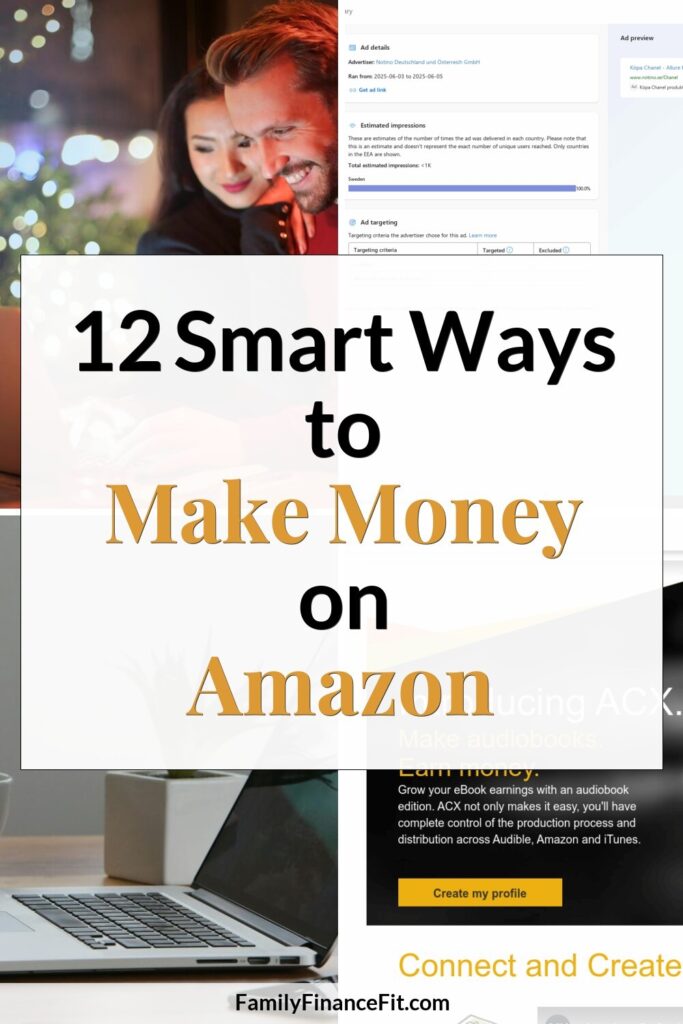1. Launch a private‑label brand with FBA
Build a real asset by owning the product and the listing. Start with lightweight, non-fragile items with clear differentiation; validate demand and margins before you order. Fulfillment by Amazon handles storage, picking, packing, shipping, customer service, and returns so you can focus on product and marketing. Review how fees and storage work on the official Fulfillment by Amazon overview and plug your numbers into the revenue calculator. If you plan to scale and protect your listings from hijackers, enroll your trademark in Amazon Brand Registry to unlock A+ Content, Stores, and brand protection tools. Keep cash flow tight by ordering small test runs, watching aged-inventory surcharges, and doubling down only after the first 50–100 units sell at target profit. Treat reviews and listing quality like a product feature—optimize titles, bullets, and images, and run small Sponsored Products campaigns to kickstart velocity.
2. Try arbitrage to flip retail or online deals
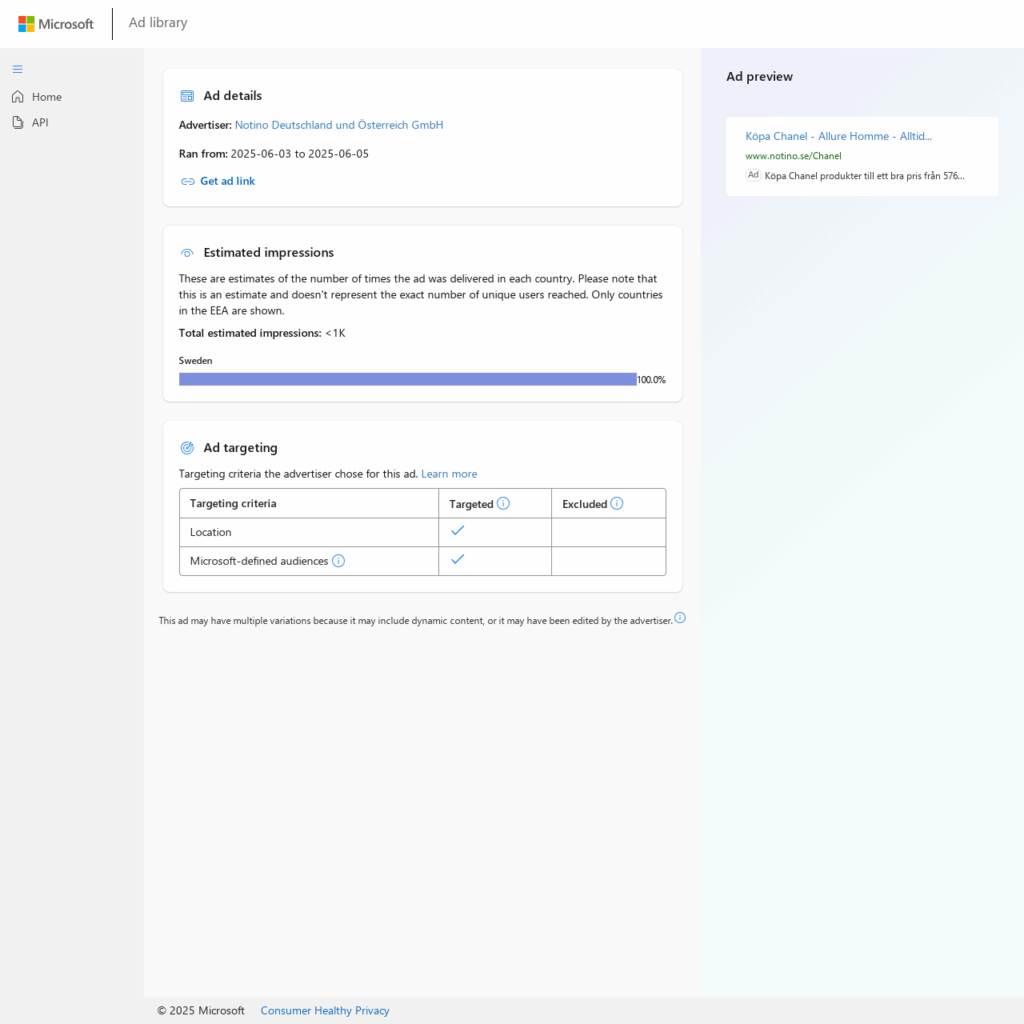
Prefer a faster start? Source discounted branded products at retail or online and resell them on existing listings. Use the Amazon Seller app in-store to scan barcodes, check sales rank, and estimate your profit after fees. Before you buy, learn what “New,” “Used—Like New,” etc. actually mean so your condition matches customer expectations—Amazon’s breakdown of condition guidelines is your guardrail against returns. Many categories and brands are gated; don’t guess. The Seller app now shows restrictions, and you can request approval in‑app—see Amazon’s announcement on requesting approvals via the app. Start small, track buy costs obsessively, and move stale inventory quickly with price automation. As you learn, you can transition into wholesale accounts for steadier supply.

3. Sell B2B with Amazon Business
Business buyers purchase in larger quantities, reorder more often, and return less. Flip on B2B features to offer business-only pricing, quantity discounts, and to receive quote requests. The official Amazon Business seller program explains how to set business prices, add certifications, and attract institutional buyers. If you want Prime-like shipping benefits for your business customers, explore Business Prime plans and purchasing controls on Business Prime. Start by identifying SKUs that businesses already buy (consumables, MRO, office, janitorial), bundle case packs, and set tiered discounts that still meet your margin floor.
4. Self‑publish with Kindle Direct Publishing (KDP)
Have a how‑to, playbook, or niche guide in you? KDP lets you publish ebooks and paperbacks globally with no upfront printing costs. Understand 35% vs 70% royalties and delivery fees before you price—Amazon’s eBook Royalties page spells it out. Formatting is easier than you think: you can prep both ebook and print from one manuscript using Kindle Create. Start with a problem-led outline, focus on a tight niche, and ship a minimum viable book. Optimize your cover and keywords, then run a small KDP Ads test to validate. When a title sticks, expand into a series and build an email list from your back matter to lift lifetime value.
5. Turn your book into an audiobook with ACX
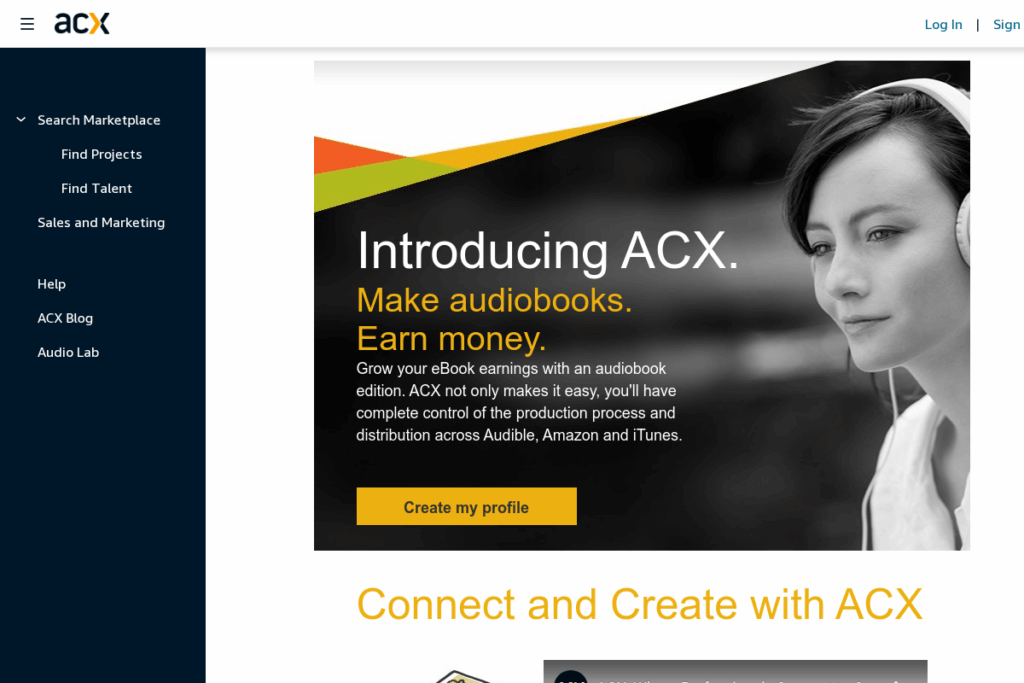
Audiobooks can 2–3x your book’s revenue without writing a new page. On ACX, you can post your title, audition narrators, and choose pay-per-finished-hour or royalty share. KDP’s guide to audiobooks through ACX covers distribution and royalties; you can also browse ACX’s creator resources for production options on the ACX introduction. Keep scripts tight, offer a 2–3 page audition that includes dialogue, and set clear direction on tone and pronunciations. When you launch, sync metadata with your Kindle book and promote both versions to capture Whispersync buyers.
6. Design print‑on‑demand merch with Amazon Merch on Demand
If you can create simple, catchy designs, you can sell tees, hoodies, and more—with zero inventory. Apply to the program and upload artwork; Amazon handles listing, printing, shipping, and support, and you earn a royalty on each sale. Read how it works on the official Amazon Merch on Demand page. Start with one niche, research phrases and trends that are safe to use (avoid IP), and iterate designs in small batches. Use your social channels or an email list to nudge early orders, then let Amazon’s organic traffic carry the winners.

7. Monetize your content with Amazon Associates
Run a blog, newsletter, or review channel? Earn commissions when readers buy through your links. You’ll need to follow the program rules and add the required disclosure—“As an Amazon Associate I earn from qualifying purchases.” Review the Associates Program Operating Agreement so you’re clear on disclosures, link formats, and what’s allowed. Practical tips: write comparison posts that solve a specific choice (“best budget X under $50”), include pros/cons tables, and update seasonally. Aim for three qualifying sales in the first 180 days to pass the initial review, and track clicks-to-conversion to double down on topics that earn.
8. Go video‑first with the Amazon Influencer Program
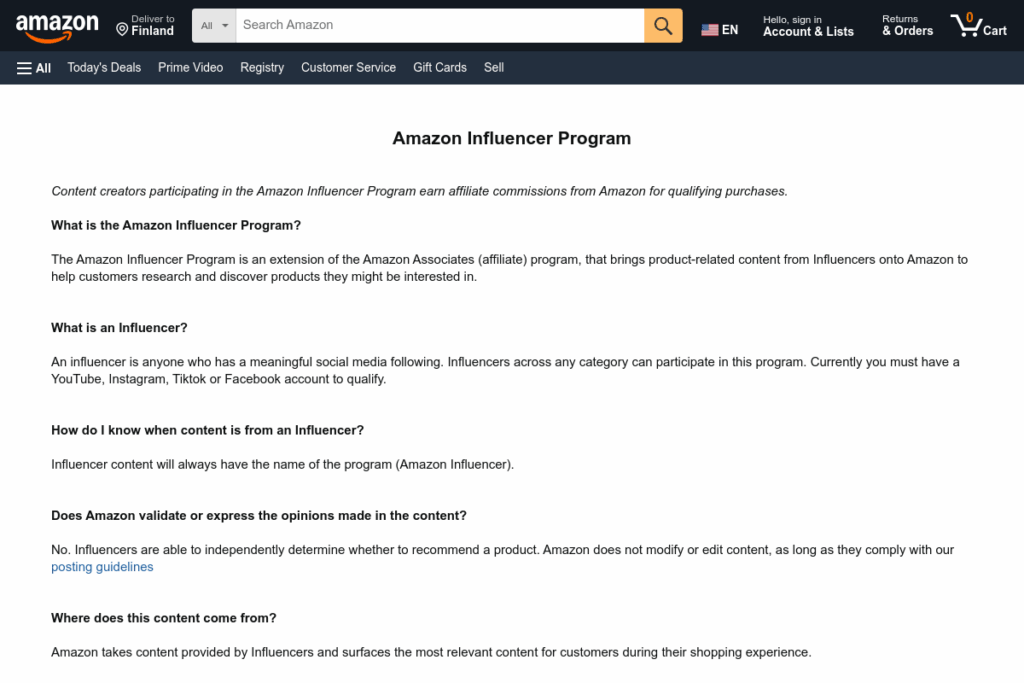
If you create short product videos or shoppable posts, apply to Amazon’s influencer program (it’s separate from customer reviews). Approved creators can earn on qualifying purchases from content surfaced on product pages and their Storefront. Check eligibility and onboarding steps on Amazon’s Influencer info page. Focus on owned products (so you can film honestly), stick to 30–90 seconds, and show the product in use. Batch record 10–20 clips in a niche, add clear titles (“How I install the XYZ filter”), and keep lighting and audio clean. Consistency compounds—one solid niche can build a dependable income stream.

9. Open a curated shop on Amazon Handmade
Artisan goods can thrive if you pick the right category and presentation. Handmade is juried—apply, prove your process, and you’ll sell with a waived Professional plan fee while paying the standard Handmade referral fee per sale. Review eligibility and the fee waiver details on Amazon Handmade. List with lifestyle images, clear personalization options, and realistic processing times. If you can keep small stock on hand, consider FBA for your bestsellers so Prime customers get fast delivery. Rotate seasonal designs and use “occasions” attributes so your listings surface in gift shopping.
10. Earn per task on Amazon Mechanical Turk
Need flexible, low-barrier income while you build something bigger? MTurk pays for completing microtasks like data labeling or surveys. It’s competitive, but you can filter for better-paying HITs and build your approval rate. Start with the official MTurk Worker Help to understand signup, payouts, and the initial holding period. Set a minimum pay threshold per task, use batch work to reduce context switching, and track your hourly rate—quit low pay quickly. It won’t replace a full-time salary for most people, but it’s a legitimate bridge to fund your next play.
11. Bring Prime to your own site with Buy with Prime
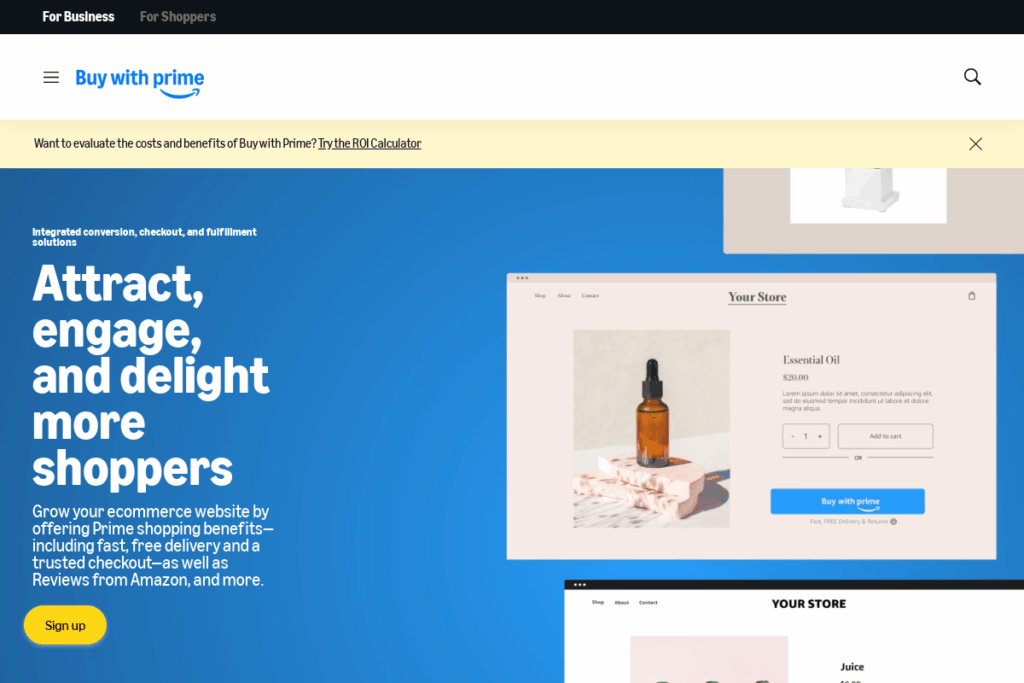
Already have a Shopify, BigCommerce, or custom store? Let shoppers check out with their Amazon account and get fast, free Prime delivery—while you keep the customer relationship. That’s the promise of Buy with Prime, which uses your FBA inventory to fulfill non‑Amazon orders. Amazon’s announcement explains setup, eligibility, and the Shopify app integration in more detail on the official press release. Start with a subset of SKUs, measure conversion lift, and scale to your full catalog if the ROI pencils out.
12. Deliver packages as an Amazon Flex driver
Prefer off‑screen income? Flex lets you claim delivery “blocks” and get paid per block, typically averaging an hourly range with tips on some routes. Requirements (age, license, insurance, smartphone) and onboarding steps are listed on the Amazon Flex app page. To sanity‑check pay, see an independent overview of how earnings and blocks work on NerdWallet’s guide. Pro tips: track mileage for taxes, cherry‑pick high‑pay windows (weekends, holidays), and keep a trunk kit (phone mount, flashlight, water, spare battery) so you move efficiently and safely.
Wrap‑up: Choose one path that fits your skills and time, set a 30‑day target (first sale, first 10 videos, first listing), and track your numbers weekly. Amazon is huge; the money follows focus and iteration.

